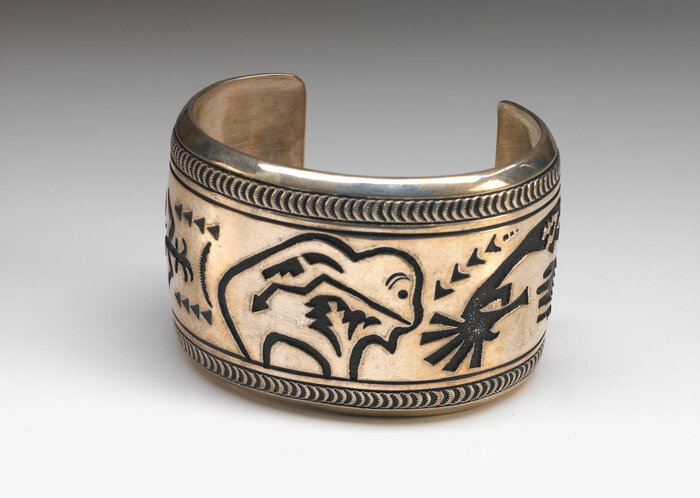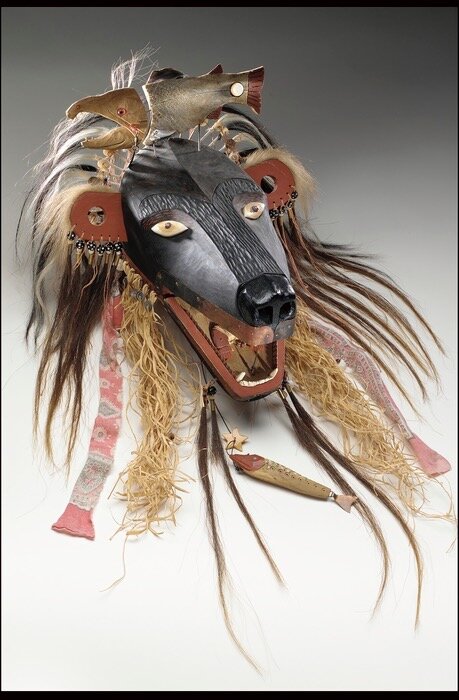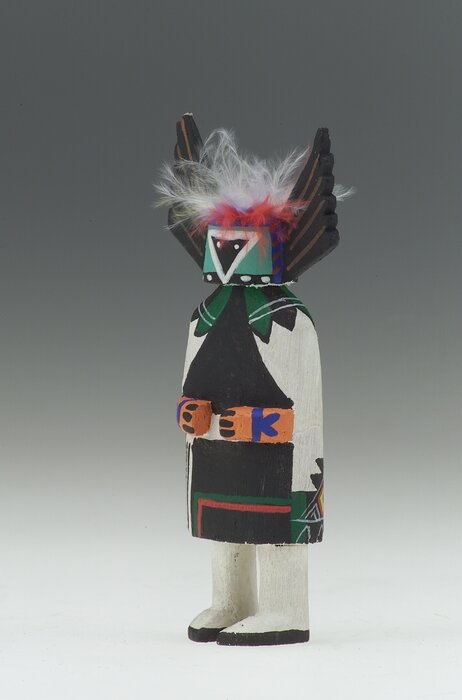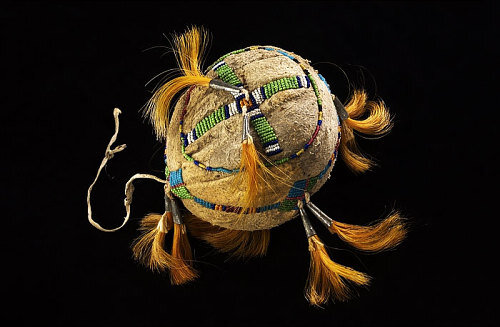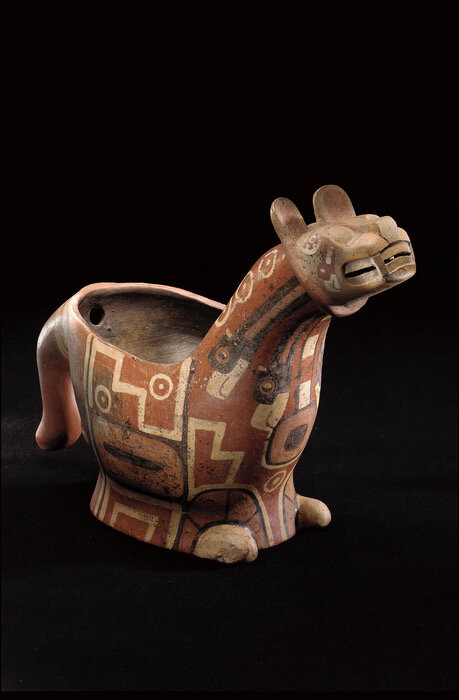The National Museum of the American Indian at the National Mall in Washington D.C.
Over a 54 year period, George Gustav Heye (1874–1957) traveled throughout North and South America collecting native objects. In 1916, he started the Museum of the American Indian and The Heye Foundation to maintain and display his collection. It opened to the public in 1922 at Audubon Terrace in New York City.
The Museum of the American Indian became part of the Smithsonian Institution in 1989.
Also in 1989, it was discovered that the Smithsonian had 12,000 – 18,000 remains of Native Americans in a storage facility.
Senator Daniel Inouye from Hawaii introduced the National Museum of the American Indian Act which was passed as Public Law 101-185. The Act established the National Museum of the American Indian. According to Inouye, the museum was to be "a living memorial to Native Americans and their traditions." The Act also required any human remains, funerary, cultural or sacred objects, or items illegally obtained are subject to possible return to tribal communities. So far, the Smithsonian has returned over 5,000 individual remains which accounts for about 33% of the total estimated human remains in its possession.
The Audubon Terrace location closed in 1994. Part of the collection moved to The Museum's George Gustav Heye Center, located on two floors of the Alexander Hamilton U.S. Custom House in Lower Manhattan.
Completion of the museum on the National Mall took 15 years. Senator Inouye was on hand for its opening. On September 21, 2004, he addressed an audience of about 20,000 American Indians, Alaska Natives, and Native Hawaiians on the significance of the NMIA and the importance of preserving their histories. The NMAI is the first national museum in the United States dedicated exclusively to Native Americans.
Native peoples were consulted and engineers, architects and landscape designers from several different tribes contributed their expertise to create this unique facility. From the beginning of the design process through the finishing touches, their intent has been to create a different atmosphere and experience from museums of European and Euro-American culture.
The five-story building is a series of curves instead of hard angles mimicking the look of mountains. The exterior is clad in golden-colored Kasota limestone reminiscent of natural rock formations shaped by thousands of years of exposure to wind and water.
Douglas Cardinal (Blackfoot) is listed as the architect and project designer. GBQC Architects of Philadelphia and architect Johnpaul Jones (Cherokee/Choctaw) are the design architects. Though Cardinal was eventually removed from the project, his continued input insured the building design stayed true to its original intent and reflected Native culture’s great respect and love for nature.
The structural engineering firm, Severud Associates was chosen for the project based on their work on projects such as the Arecibo Observatory in Puerto Rico, the St. Louis Gateway Arch, and Madison Square Garden.
The museum is set on 4.25 acres which have been landscaped to resemble wetlands.
Project architects chosen for the NMAI were Jones & Jones Architects and Landscape Architects Ltd. of Seattle (the firm is also listed as one of the project landscape architects along with EDAW, Inc., of Alexandria, Virginia) and Smith Group of Washington, D.C., in association with Lou Weller (Caddo), the Native American Design Collaborative, and Polshek Partnership Architects of New York City.
Ramona Sakiestewa (Hopi) and Donna House (a Navajo/Oneida botanist) served as design consultants. House supervised the actual installation of the landscaping. She said of the project, "The landscape flows into the building, and the environment is who we are. We are the trees; we are the rocks; we are the water. And that had to be part of the museum."
Native Americans have not only filled leadership roles in designing the museum, but also in the operation of the museum.
The Mitsitam Native Foods Cafe has five stations which serve regional foods from the Northern Woodlands, South America, the Northwest Coast, Meso-America, and the Great Plains. If you would like to add a few Native American dishes to your Thanksgiving meal, the museum has published a Mitisam Cafe Cookbook.
The NMAI is comprised of three facilities:
The museum on the National Mall in Washington, D.C., has exhibition galleries and spaces for performances, lectures and symposia, research, and education in addition to exhibits of Native American artifacts and culture.
The George Gustav Heye Center (GGHC) in New York City houses exhibitions, research, educational activities, and performing arts programs.
In addition to select exhibits, film and video screenings, school group programs and living culture presentations are offered at The Heye Center and the museum on the National Mall throughout the year.
The Cultural Resources Center (CRC) in Suitland, Maryland, houses the museum's collections as well as the conservation, repatriation, and digital imaging programs, and research facilities. The NMAI also has off-site outreach efforts, which include websites, traveling exhibitions, and community programs.
When you visit the NMIA you should keep an open mind and enjoy the experience. There are hundreds of Native American tribes and many tribes are no longer in existence. Most tribes did not have a written language, but instead relied on oral histories passed down from generation to generation by storytellers.
The exhibits have been designed to have an organic quality which seems at odds with traditional historical museums that display items in a more rigid chronological order.
The National Native American Veterans Memorial on the museum ground is scheduled for completion in November 2020. The memorial will honor American Indian, Alaska Native, and Native Hawaiian veterans who served in the U.S. Armed Forces during every American conflict since the American Revolution.
If you are planning trips to the Washington, DC area or New York City, be sure to visit the National Museum of the American Indian at:
National Museum of the American Indian
National Mall
Fourth Street & Independence Ave., S.W.
Washington, DC 20560
10 AM–5:30 PM daily
National Museum of the American Indian
New York
The George Gustav Heye Center
Alexander Hamilton U.S. Custom House
One Bowling Green
New York, NY 10004
10 AM–5 PM daily, Thursdays to 8 PM
All photos were taken from the NMAI website







